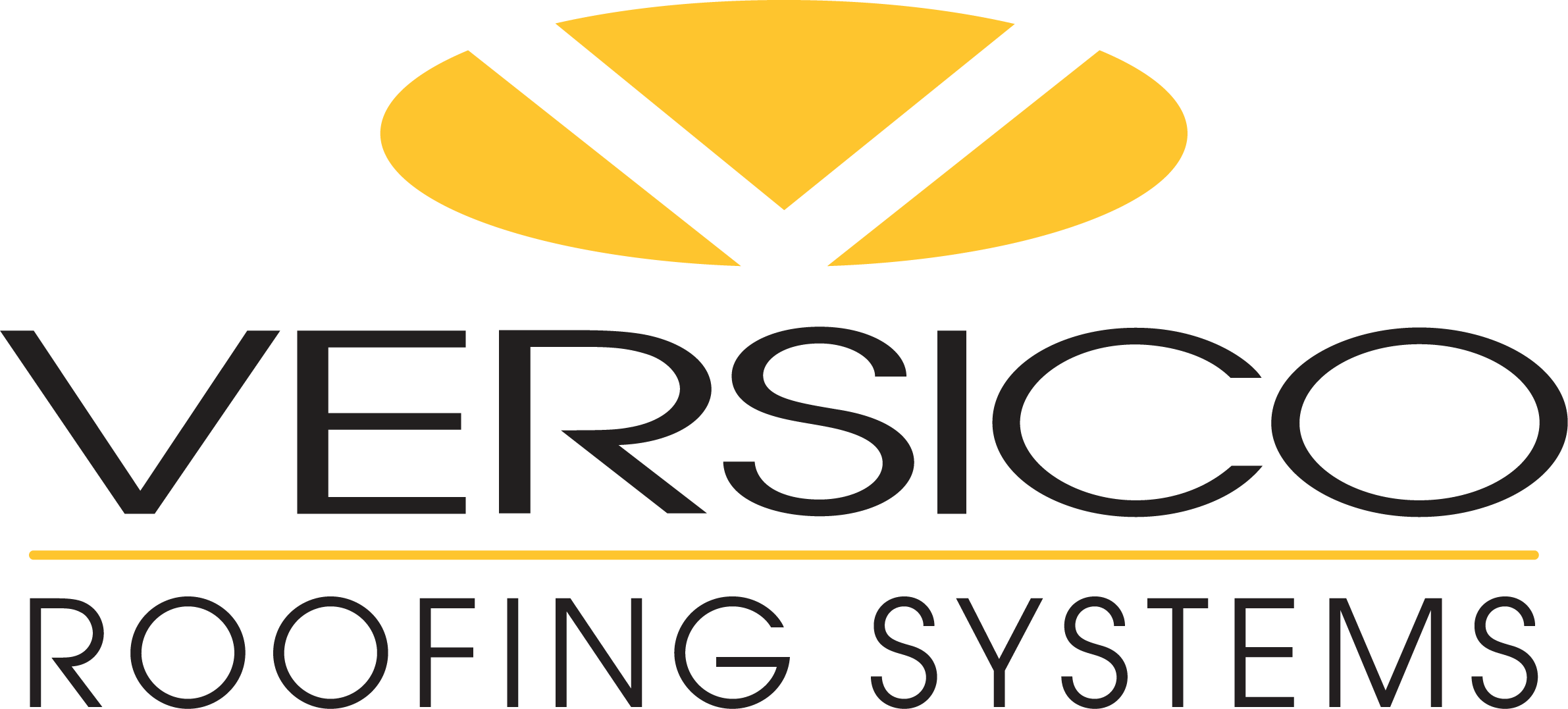Welding TPO and PVC Coated Metal
Product facts
Description: 24-gauge hot-dipped G90 galvanized steel sheeting with a layer of 35-mil non-reinforced TPO or PVC flashing laminated to one side
Size: 4’ by 10’
Packaging: 10 or 25 sheets per pallet
Standard colors:
TPO – White, Tan, Gray, Bronze, Patina Green, Rock Brown, Terra Cotta, Slate GrayPVC – White, Tan, GrayMarkings: The underside of each coated metal sheet is marked with “TPO” or “PVC”; these markings are repeated several times to avoid misidentification
Shelf life: None
IMPORTANT: TPO and PVC are not interchangeable and will not weld to each other
Before you begin
It is essential that the material is clean. The flat sheet goes through a few processes at the contractor’s metal shop, including shearing and breaking. When the metal is formed, it picks up dirt and contaminants that can negatively affect its weldability. The most common error associated with hot-air welding coated metal is the lack of proper cleaning.
After the coated metal profiles are fastened into place on the roof and before you begin welding, clean with Weathered Membrane Cleaner (for TPO) or PVC and KEE HP Membrane Cleaner (for PVC and KEE HP). Pour the appropriate cleaner from a safety can onto an HP Splice Wipe or other natural fiber rag; then, wipe the metal with the wet cloth to make sure the entire area is clean. If there’s a heavy buildup of dirt, you may need to use a Primer Pad to remove it. When working with cleaners, remember to wear appropriate personal protective equipment, including safety glasses and permeation-resistant gloves that meet ANSI/ISEA 105-2005.
Make sure the underside of the membrane being welded to the coated metal is also cleaned. Allow at least 10 to 15 minutes for the solvents in the cleaner to flash off the surfaces you’ll be welding.
Heat welder setup
When setting up your heat welder, you must consider the thickness of the membrane you’re welding to the coated metal. An 80-mil membrane will require more heat than a 45- or 50-mil membrane. Start the process with the hand welder at the number 7 or 8 setting. Because the 35-mil TPO or PVC film is laminated to the metal, it remains robust during the welding process and will accept more heat without distortion.
Welding coated metal to membrane
Start the welding process by building an air dam parallel to the rear edge of the metal. This will trap the heat and ensure it isn’t lost under the membrane. Using a hand welder and a 2” neoprene roller, weld the membrane to the coated metal, then roll in a perpendicular motion.
Check your welds
To check for proper fusion, weld a strip of membrane to a scrap piece of coated metal. Once your weld has cooled, pull the membrane until failure. Proper fusion has occurred if the membrane delaminates from itself, leaving the bottom ply welded to the film, or if the membrane tears when you try to pull it off the coated metal.
For more information on securement requirements and instructions on how to address metal end joints, follow detail TPC-1.2. Please contact Jim Gage with questions.
Up Next
Quick-Applied Flashing Options for Every Detail
Versico offers three different types of VersiGard EPDM Quick-Applied (QA) Flashings to tackle the variety of details found on any given roof.
CAV-GRIP 3V vs. Traditional Bonding Adhesive
With the introduction of Versico's CAV-GRIP 3V Adhesive, it's faster than ever to install fully adhered TPO and EPDM.
Turn a Rainy Day Into a Training Day
Consider making the next rainy day a training day, and bring the crew into the office for additional training.
